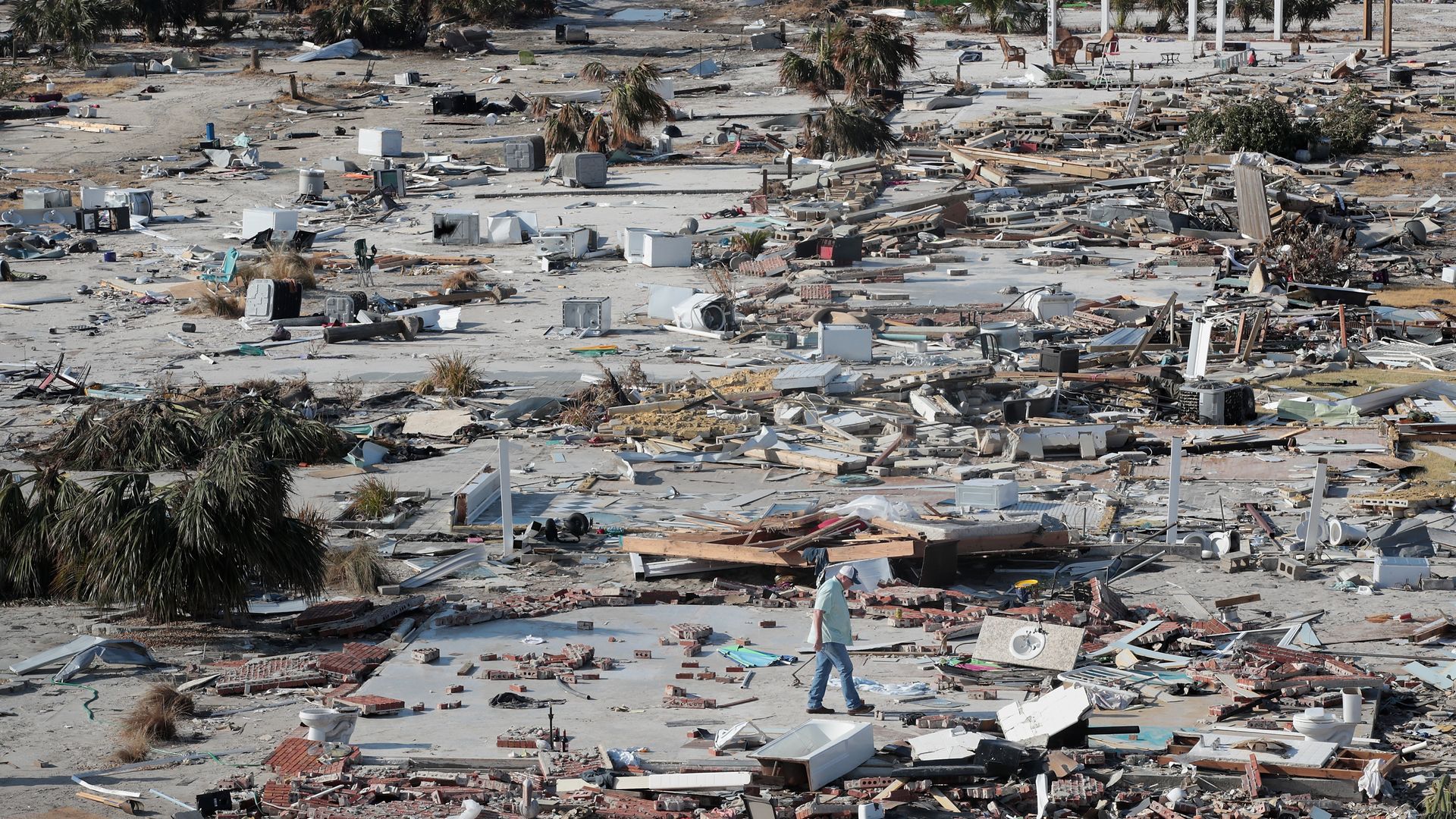Details: The United Nations World Meteorological Organization maintains the list of potential hurricane names. The names are given to tropical storms when they have wind speeds above 39 mph. When a storm reaches sustained winds of 74 mph or more, it is considered a hurricane and retains the same name that it was given when it became a tropical storm.
- There are six lists of women's and men's names, each starting with a different letter from the alphabet – and each list is alternated every six years.
- This year's list is identical to 2013, a year when no storm name has retired.
- The lists do not include the letters Q, U, X, Y and Z.
- In rare cases where there are more than 21 tropical cyclones in a year, the names are then given in Greek alphabet.
- Names are removed from the list if the hurricane has caused significant damage or casualties – for example, there will never be another hurricane Katrina, Sandy or Maria.
- The 2019 hurricane season officially begins on June 1st and the names on deck are: Andrea, Barry, Chantal, Dorian, Erin, Fernand, Gabrielle, Humberto, Imelda, Jerry, Karen, Lorenzo, Melissa, Nestor, Olga, Pablo, Rebekah, Rebekah, Tanya, Van and Wendy.
Yes, but: A "hurricane" is the name given to systems that grow over the Atlantic or the eastern Pacific Ocean. Tropical storms that develop elsewhere are called "typhoons" or "tropical cyclones" – and the OMM also keeps lists of corresponding names.
Some countries, like the Philippines, use their own names, so a storm is more relevant to their population.
